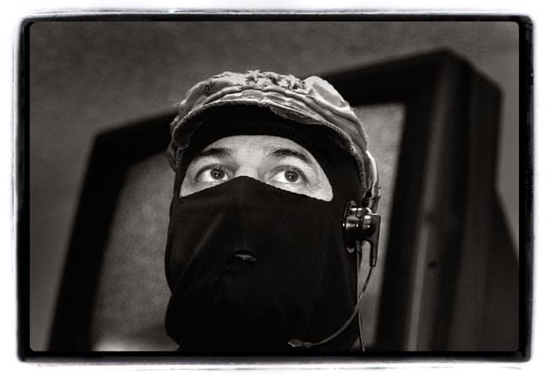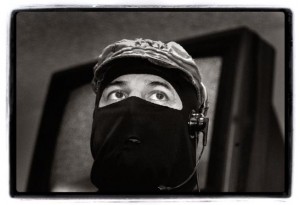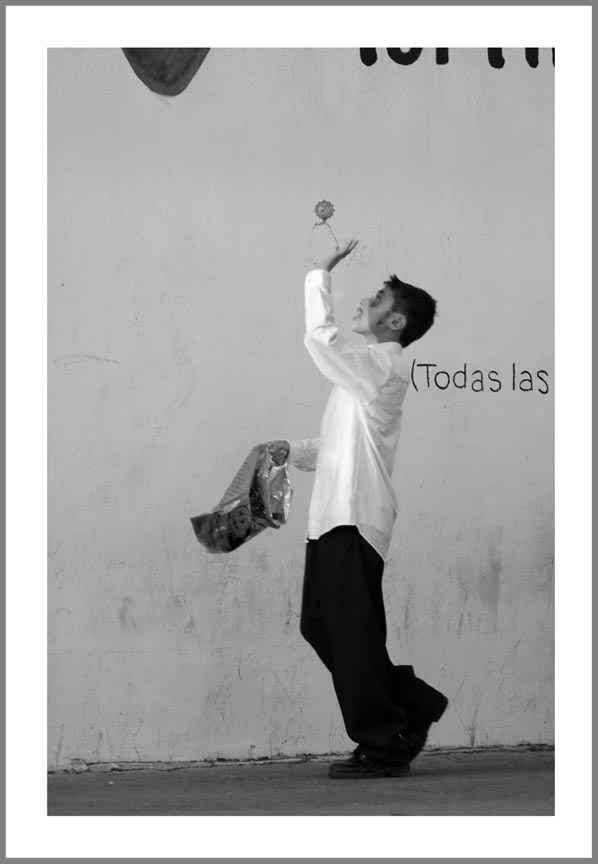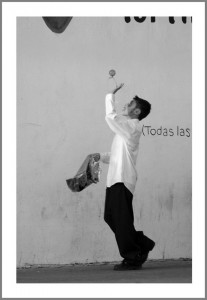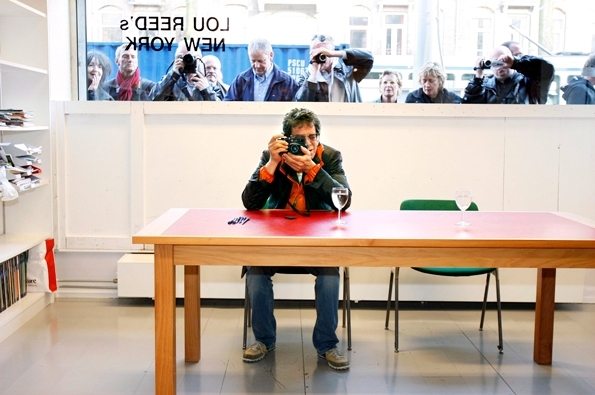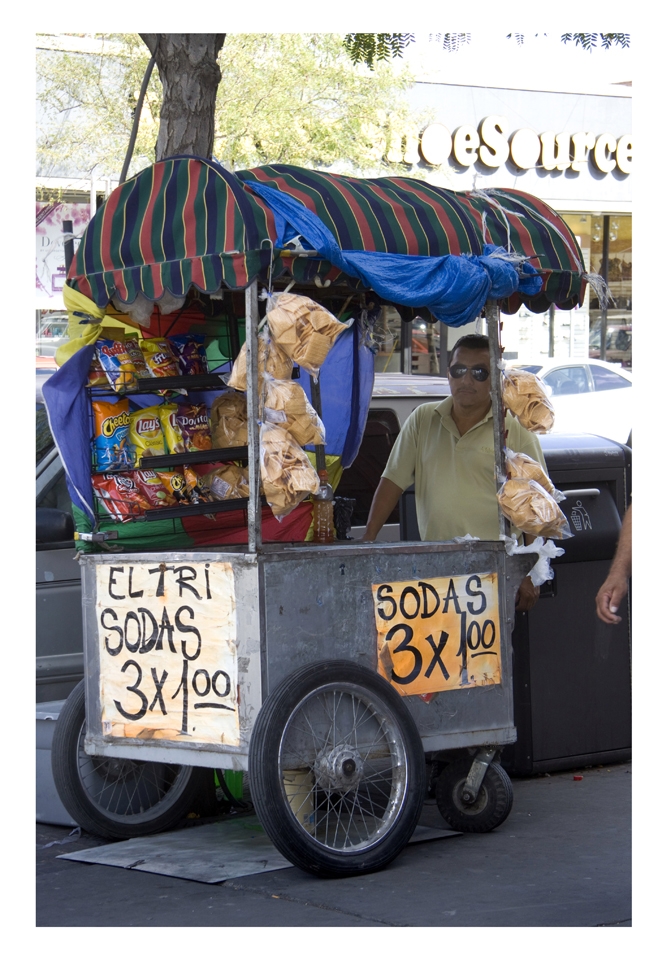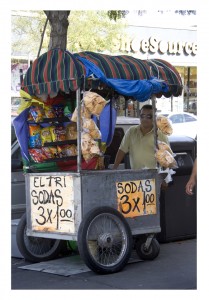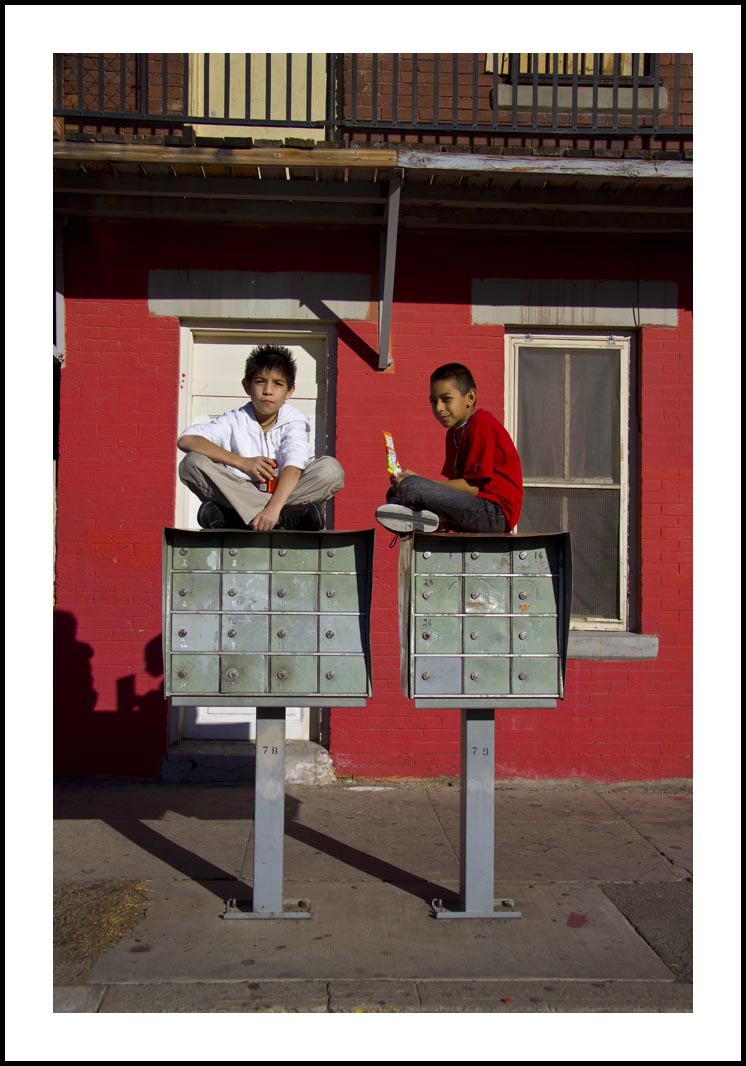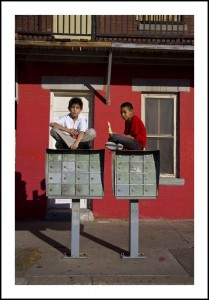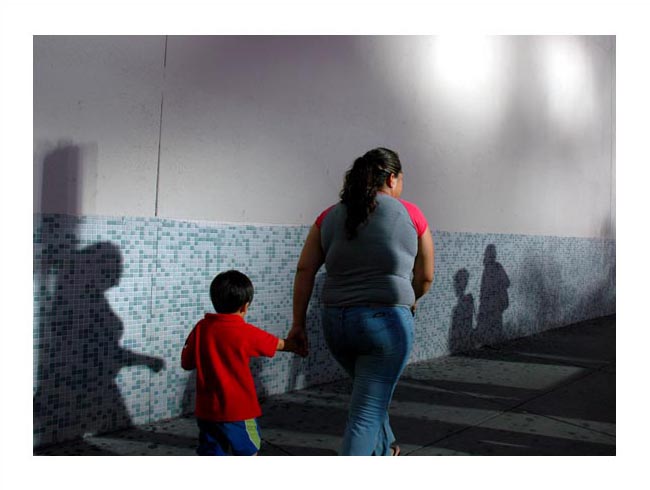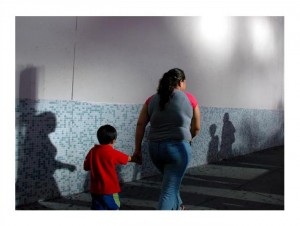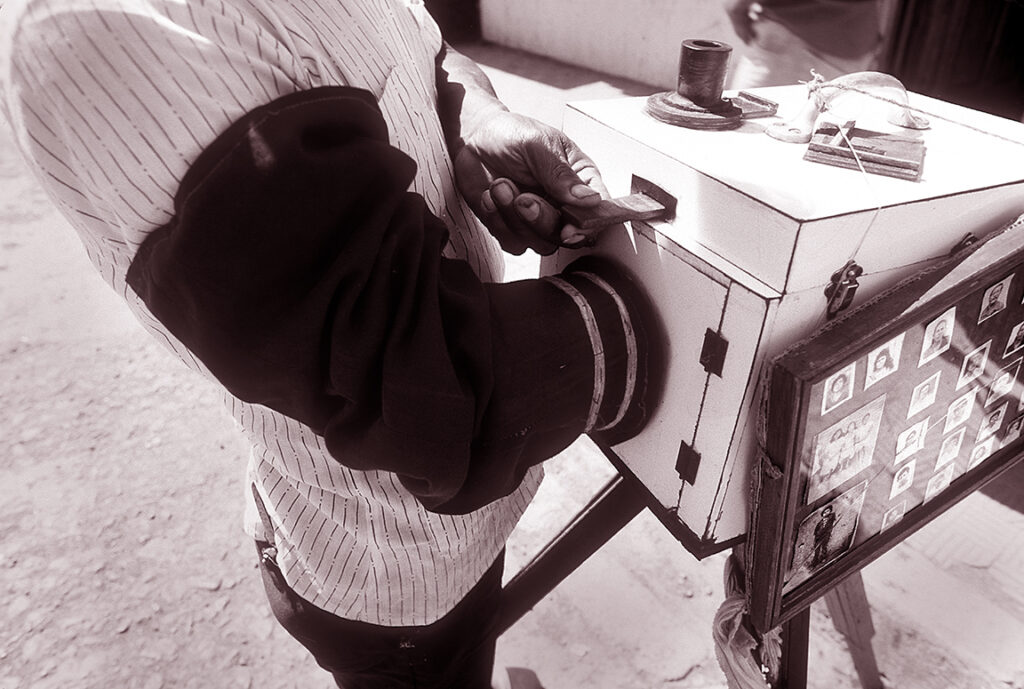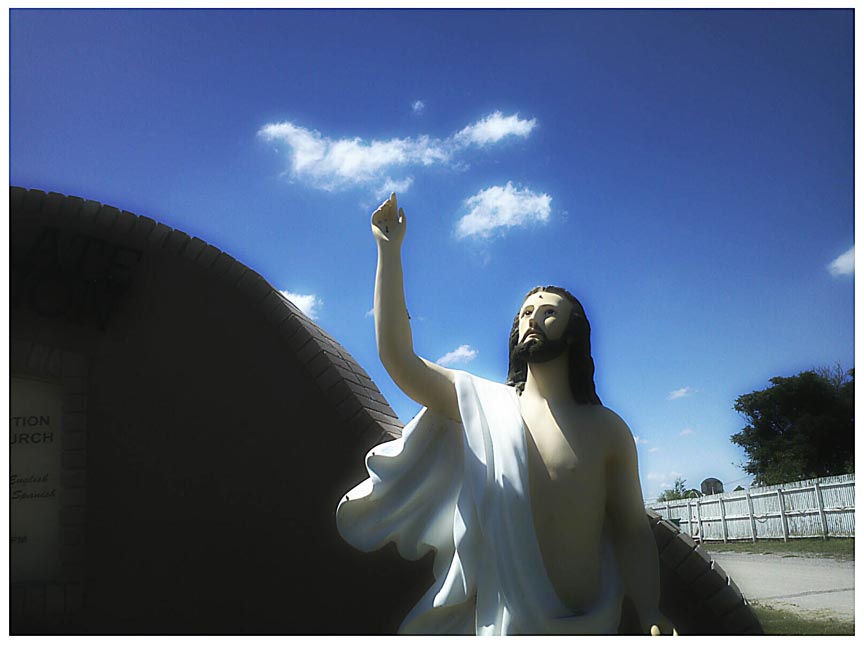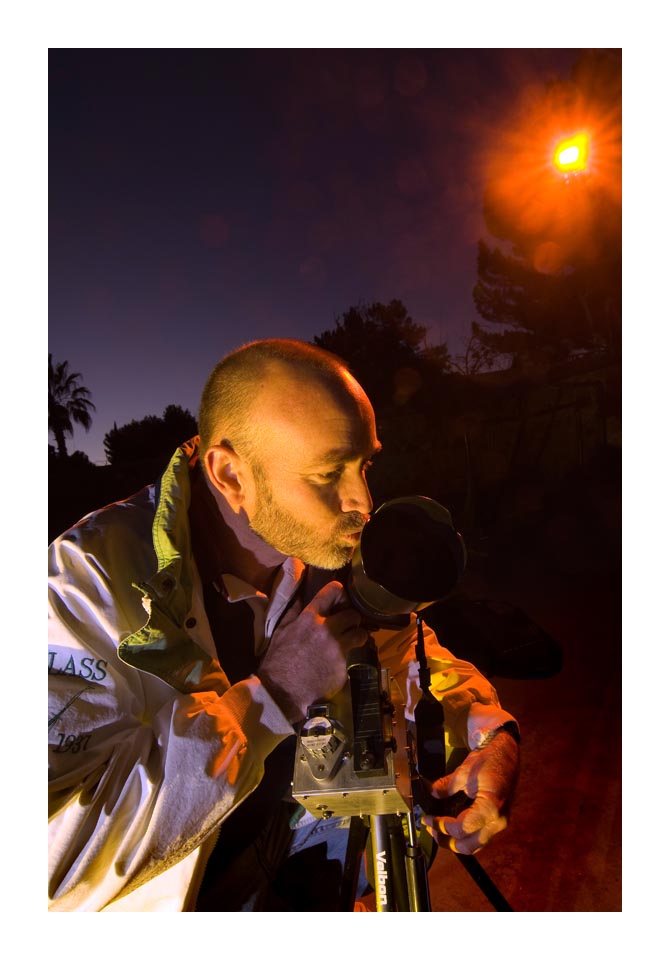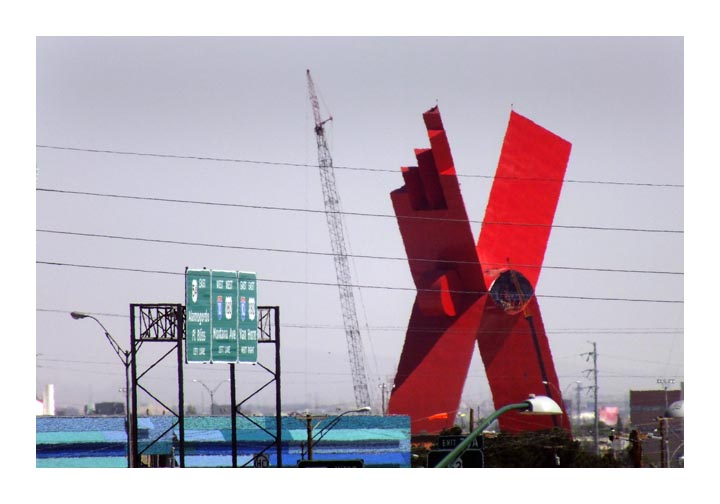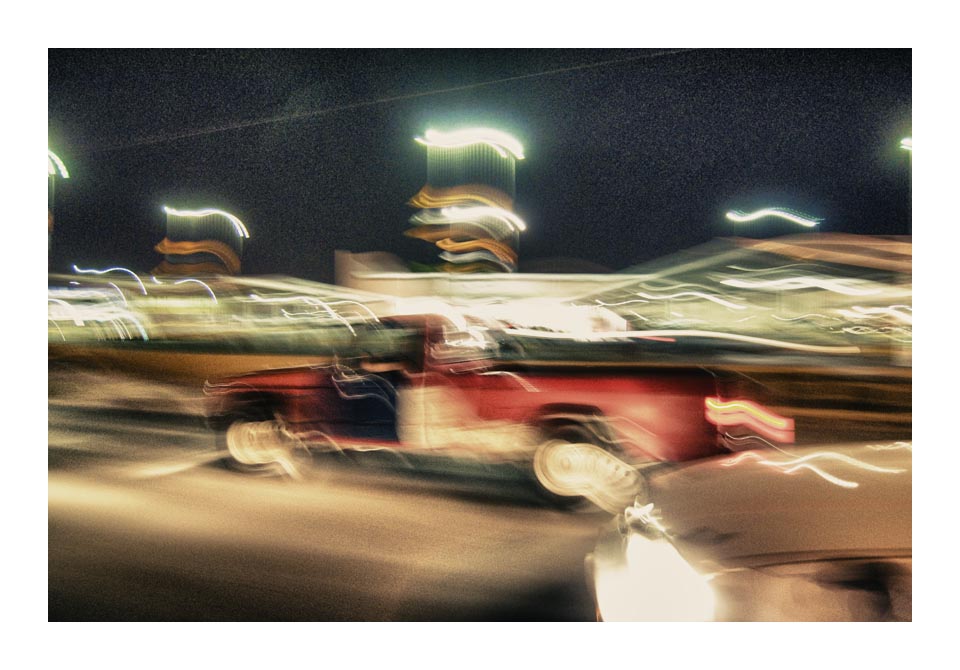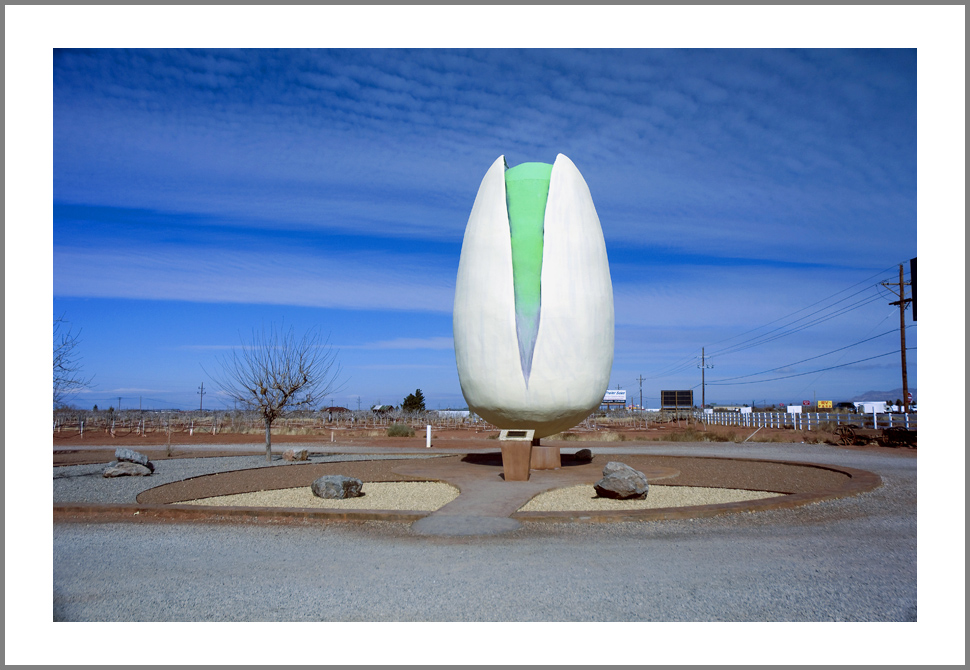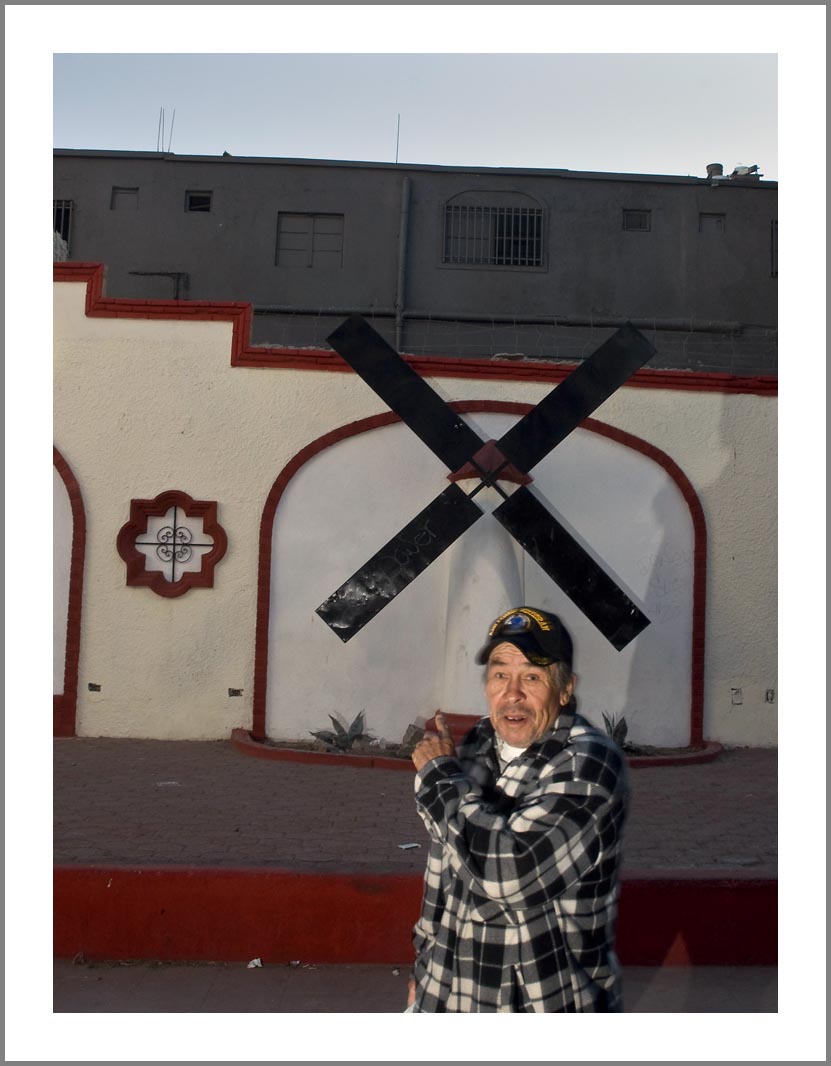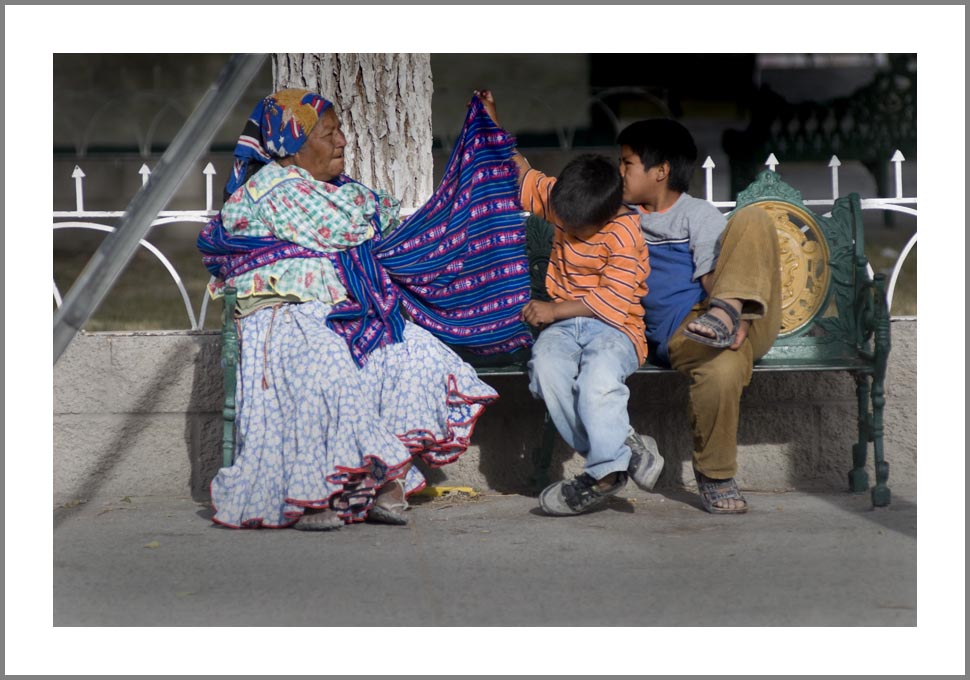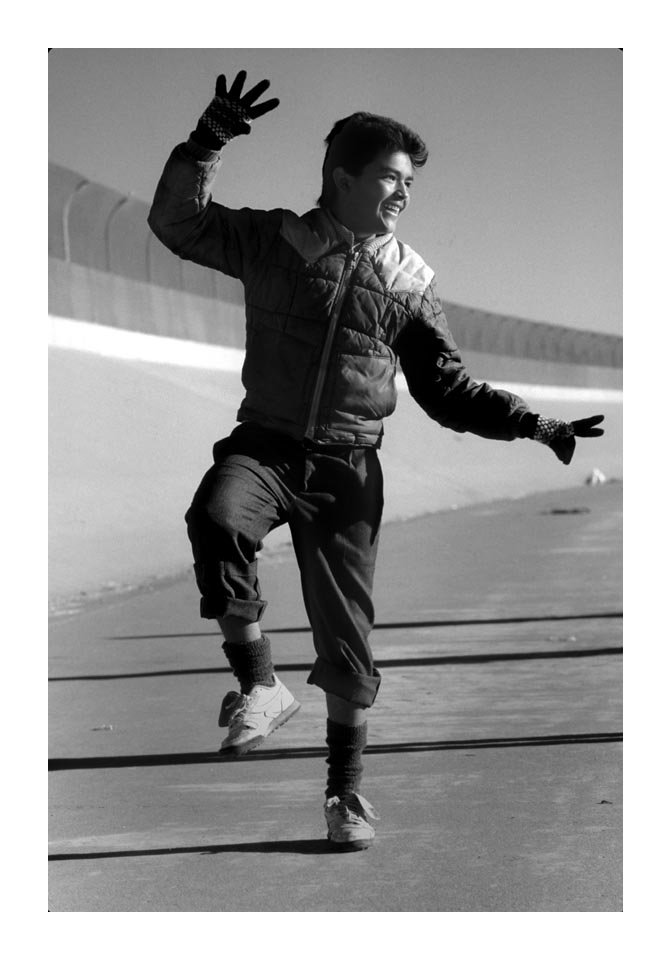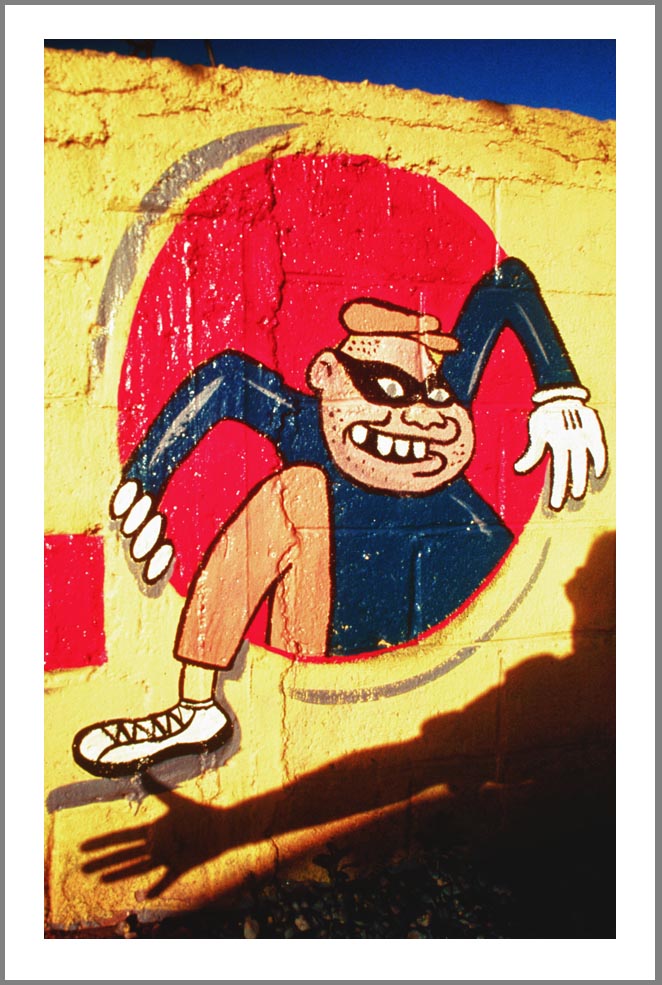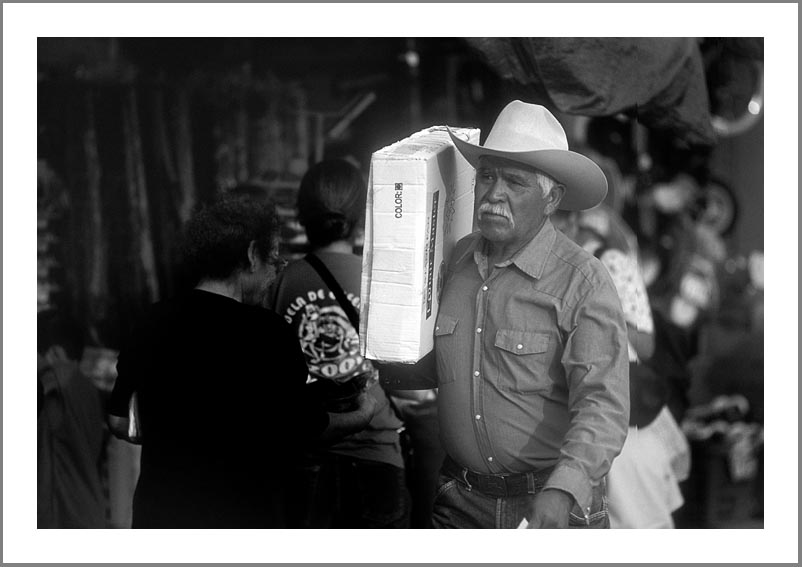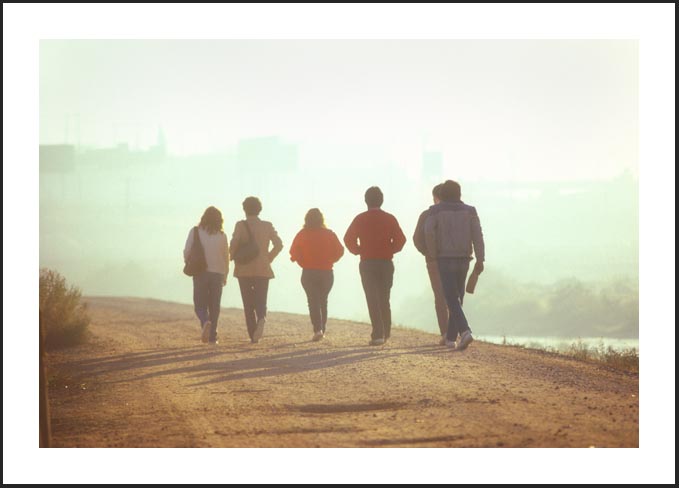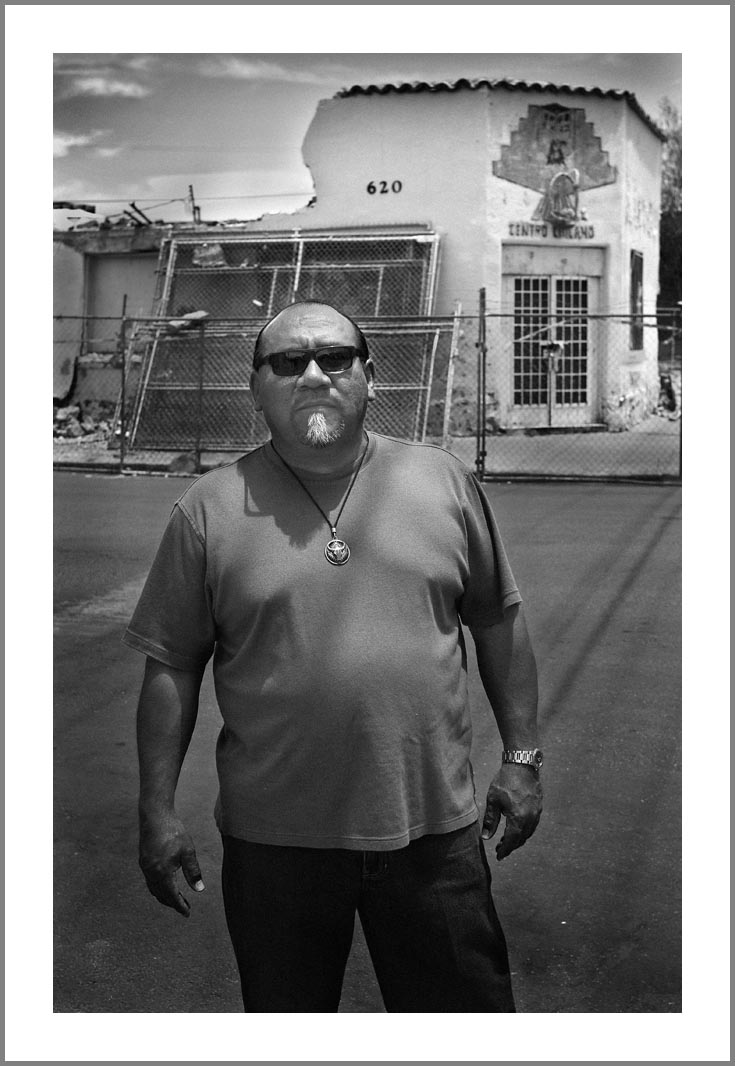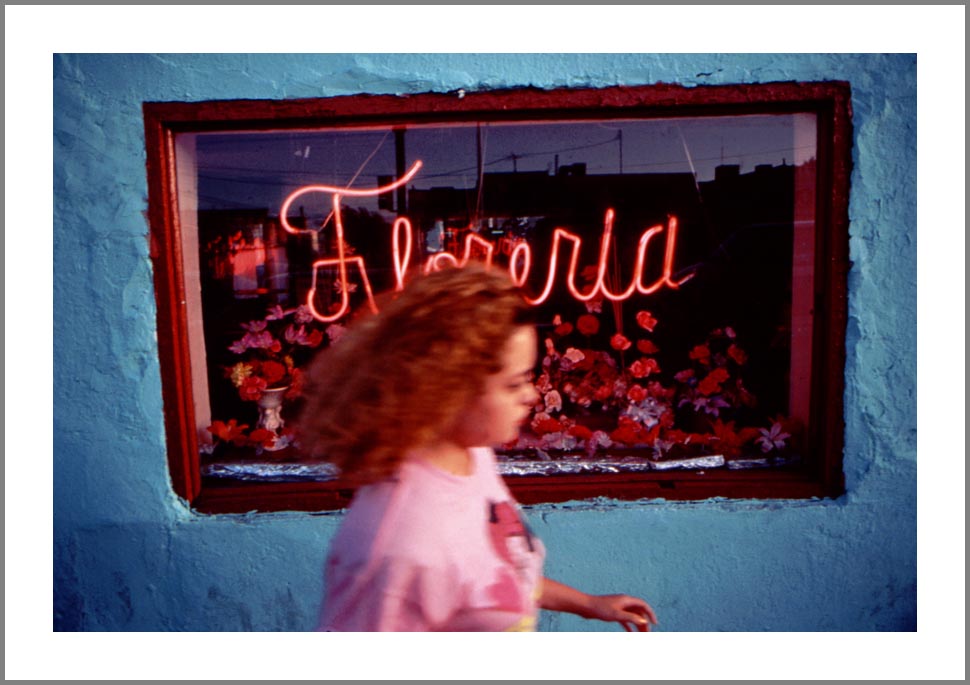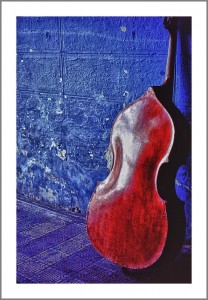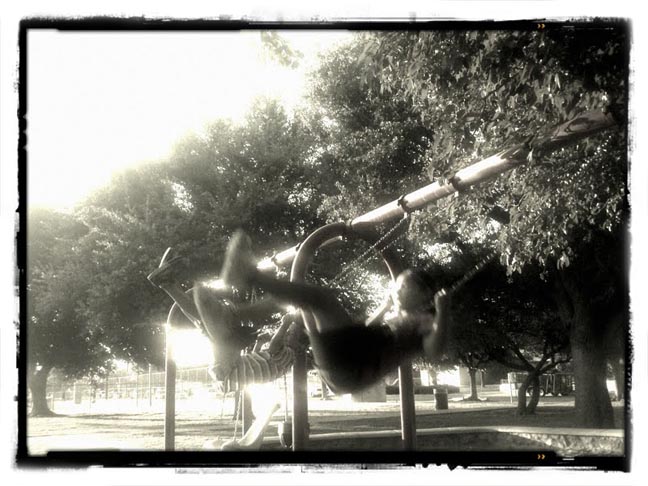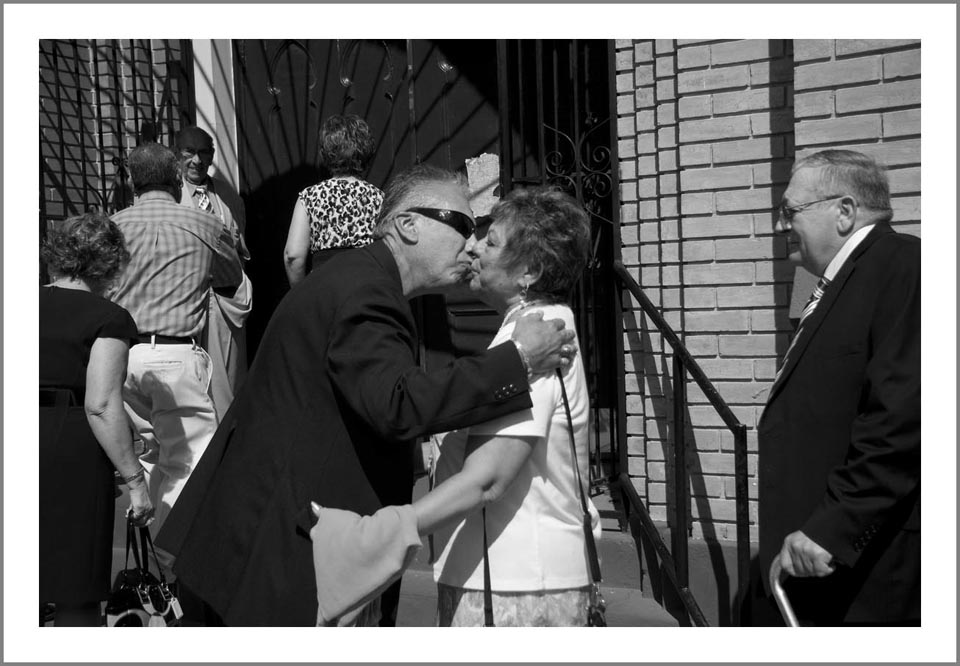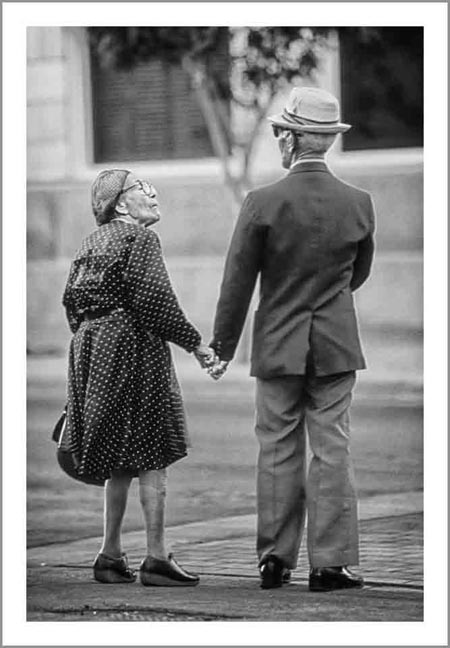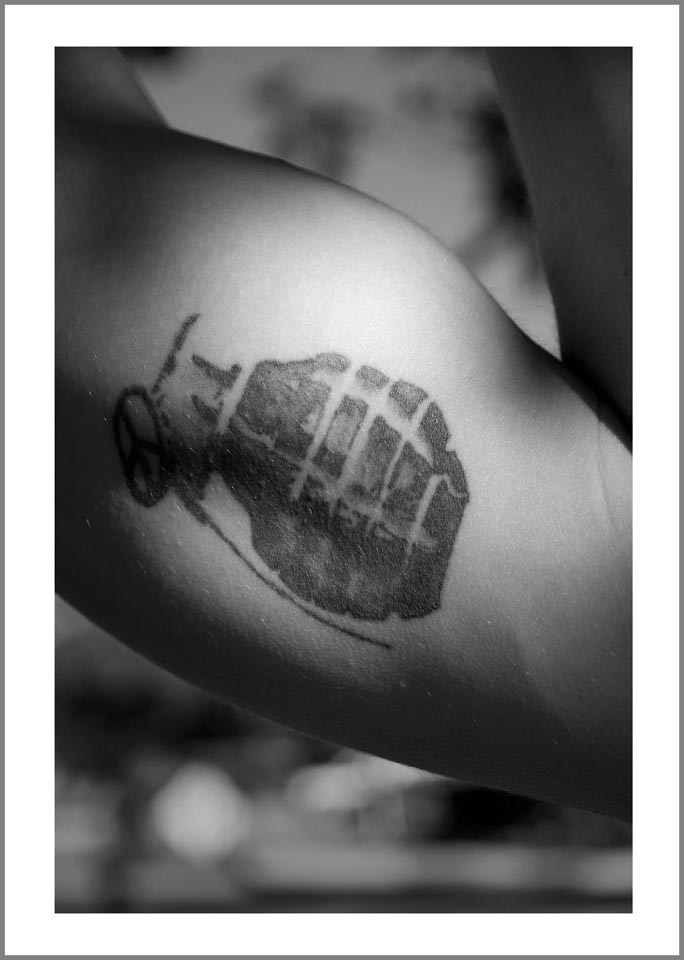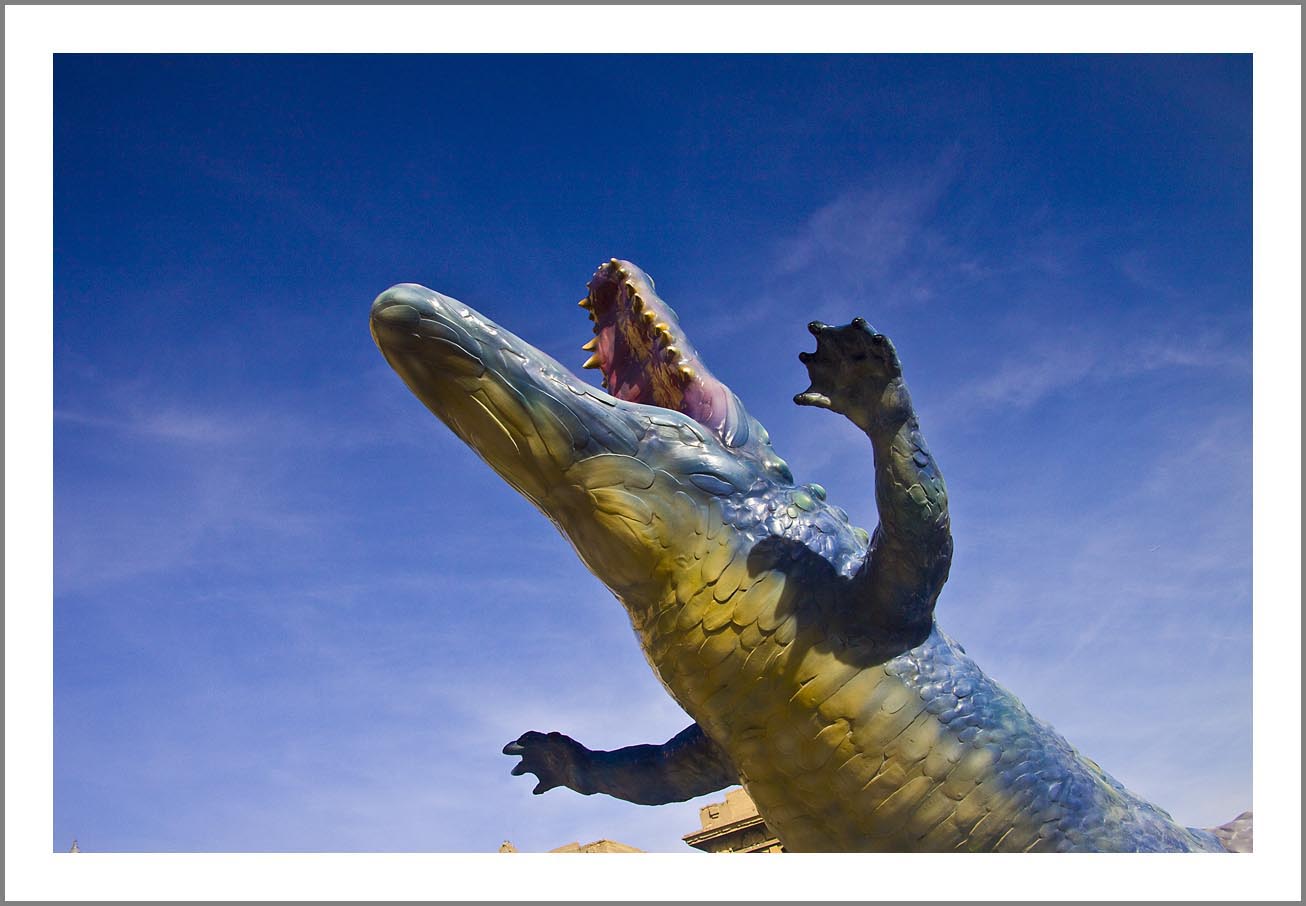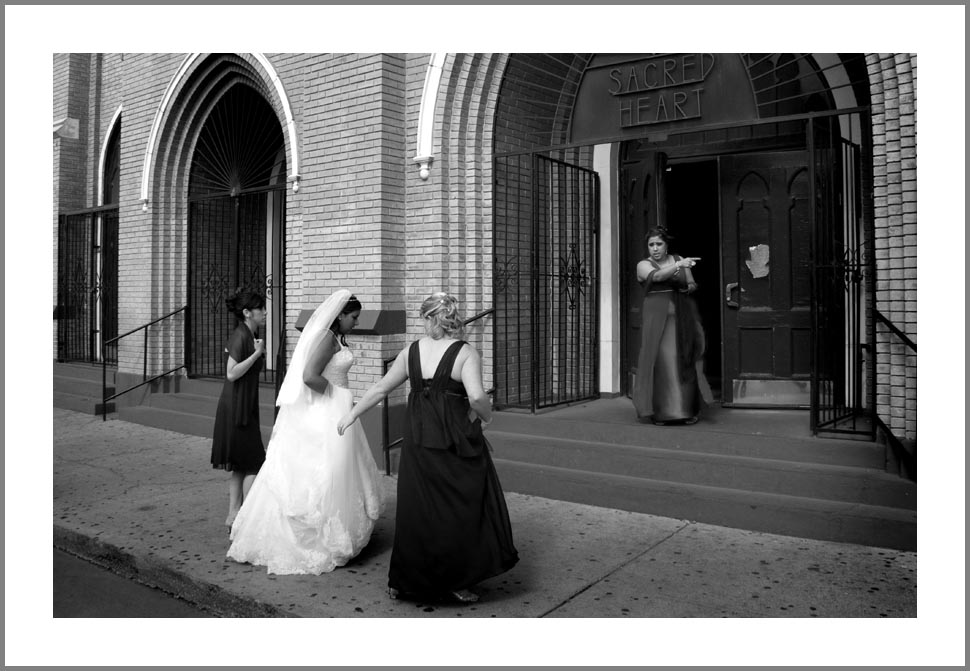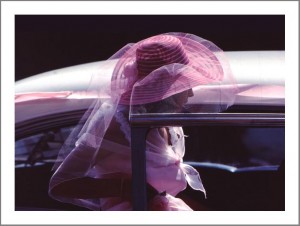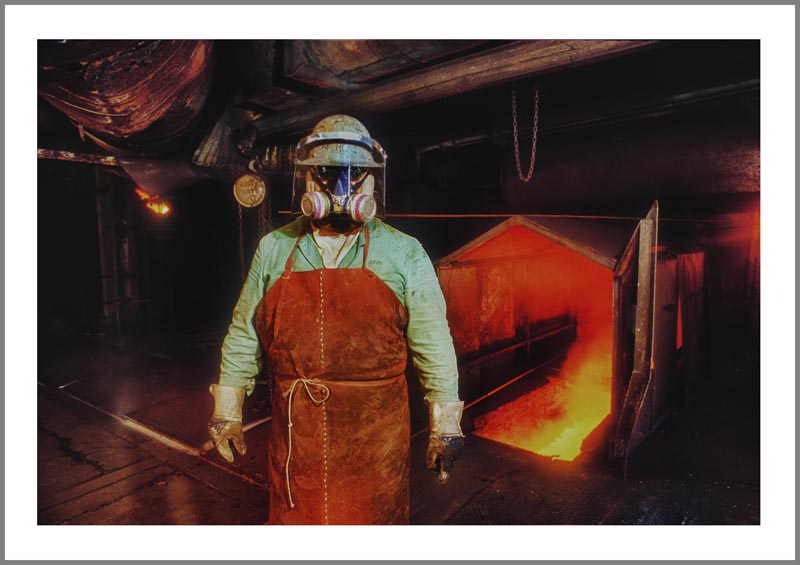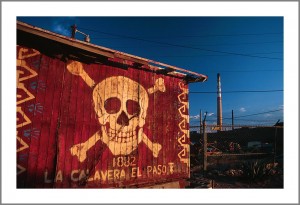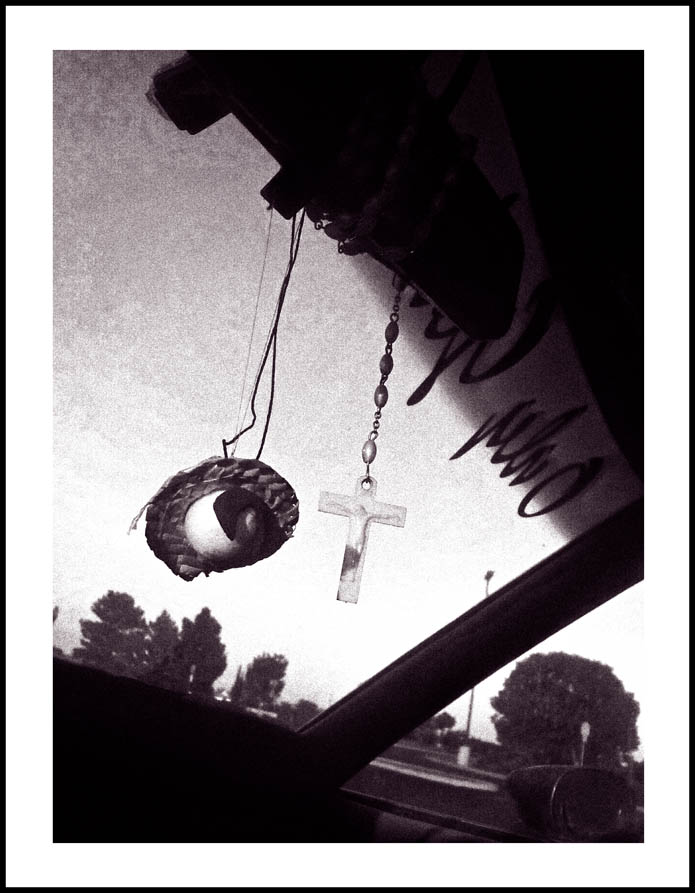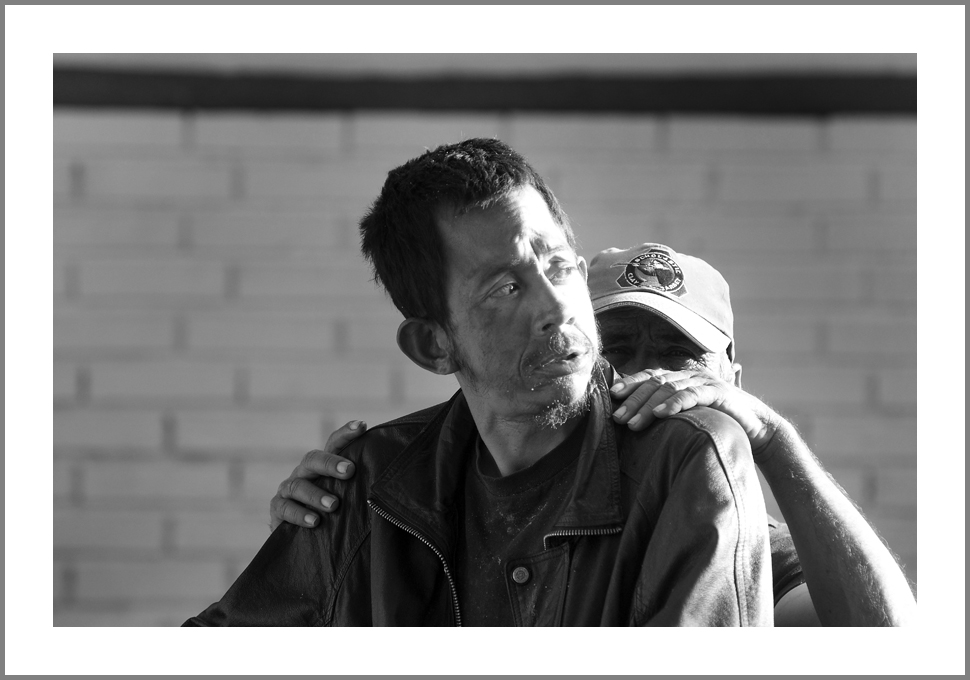Conscience is the root of all true courage; if a man would be brave let him obey his conscience.
– James Freeman Clarke 12/31/2013
Segundo Barrio Yo Yo Boy
Segundo barrio Yo Yo boy, Halloween 2011
Text by Bruce Berman (in full snide mode)
Halloween is The Great Day in El Segundo barrio. The ‘hood comes alive. People are pouring over the bridges heading from Juarez on the candy quest. People in the neighborhood put on the costumes and come out of invisibility. The first block of America (6th and El Paso) is a riot of laughing and color and wild abandon.
Nothing is sure on this border in this neighborhood anymore. “They” are back! The Developers. “The 180s” aren’t around on this day. The Developers, their Pol puppies, the Gov. employee “Good Germans,” even the The Do Gooders (even if they are really the Do Badders). That’s what I have come to call them all. They say something and if you want to find out what they just said just think 180 degrees opposite from what it was. Most of them are up in Kern Place handing out candy, their yearly contact with the rabble. They’re all afraid of the people when they have fun.
Lou Reed: R.I.P. On The Wild Side
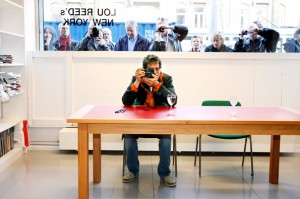
LOU LOU LOU
The News floored me.
It’s like New York vanished.
Guilliani couldn’t scrub it.
Bloomberg couldn’t.
It’s your city Lou.
You were the grit and the soul man.
So now it’s time to fly away.
“How do you Speak to an Angel” you wrote and asked:
You just say – Hello, hello, hello Baby
Check it out. See you there. Say hi to Andy.
Miss you. The thought of you.
You were always a kick in my pants.
Walk on the wild side.
No doubt.
The great beyond.
Somewheresville.
See you there.
Read more on Lou: http://www.rollingstone.com/music/pictures/lou-reed-through-the-years-20120302/lou-reeds-new-york-0842024#ixzz2izX3o2uER.I.P.
Don’t Entertain Me!
El Tri Sodas 3X 1.00
Commentary by Border Blog Editor
El Paso Street in El Paso. It’s the first block of America. Or the last block of America. It depends on which direction you’re headed.
Going north it’s the first. Going south, it’s the last, the next block is Mexico.
This is a street of life, bulging with people, an array of goods from school and household supplies to clothes to audio stuff to high heels to T-shirts with everything from Revolutionaries to cartoons on them. It’s juicy, alive and has texture and odor.
It’s 3D street.
The Fast Disappearing Authentic Segundo Barrio: Mailbox Kids
Mailbox Kids, Segundo Barrio, El Paso, 2012
©Bruce Berman
The Shrinking Segundo Barrio
by Bruce Berman
El Barrio, The Segundo, is shrinking.
It’s getting the squeeze. The squeeze has been coming for a century or more but it’s a full assault now, and a generation that had roots in the ‘hood, that was born of a time and place that demanded they fight, is no longer there in numbers and possibly not there in energy and historic resentment.
The neighborhood is being squeezed from the north with the Dreamland Downtown Plan back on Premium and from within. A proposed Science museum in the old Armijo School would be the death blow.
If the deathblow can be delivered to an already dead corpse.
Light and Shadow and Mom and Child in Between
Street Photographer In Nicaragua
Developing a portrait, Granada, Nicaragua, February 1986
This photographer in the Plaza of Granada in Nicaragua is developing a portrait that he just made. Inside the box are the normal developing chemicals of Developer, Fixer. Once he has the photograph captured -on portrait size paper- he goes inside the camera through the light tight sleeve and goes from one mini tray to the next until he has the image “fixed.” He then pulls the photograph out and washes it on a tray of water that he has set up in a little bucket attached to the tripod under the camera.
His process was not as fast as the 60 second time for a Polaroid, but, close!
Jesus In Dexter New Mexico
Jesus and the clouds in Dexter, New Mexico July 20, 2013
Inventor In Love
Eric Chesak, inventor with his garage
built star tracker, El Paso, Texas, 2010
To see some of Eric’s work, go to:
http://www.designnews.com/
The X of Juárez
Juárez Night
Nuts
Giant Pistachio, Alamogordo, New Mexico, Jan. 2013
CORRECTION:
Just got a very welcome announcement from a Border Blog viewer. He pointed out that the above image is a representation of a pistachio not a pecan.
Correct!
We don’t have much of a defense, but really, when this was posted on April 24, your Border Blog photographer, Bruce Berman, wasn’t much Bruce Berman either. That’s what happens when one “does what one has got to do as opposed to doing what you do.”
We at Border Blog are pleased to announce that the real Bruce Berman is back, on the border, three blocks from the bridge, in his decaying ruin, tape -metaphorically- over his mouth, no longer talking about photography but living his life, and making images that, hopefully, will do, as we wrote almost a decade ago, stating our intention to (see the “About” tab above), “…cover the news, opinions and culture of the 2000 mile border of Mexico and the United States, concentrating on the epicenter of El Paso and Juarez. The Border Blog is not meant to be a news source as much as it is meant to be a news ‘feel’.”
Thank you MB and thank you Bruce (but tsk tsk on your caption!).
-The Editors
Man In The Plaza Cervantina
Park Bench: Murder In Plaza Zaragoza
Boy At The River With Two Names
El Bandito de Juarez
El Bandito de Juarez, Juarez, Chihuahua, Mexico – photograph by Bruce Berman©2012
Man With A Box
Man with a box, Juarez – November 2012
©Bruce Berman
Fleeing La Migra 1990
Fleeing La Migra on The El Paso Levee of the
Rio Grande, 1990 – ©Bruce Berman
Border Artist Paints Magnificent Horror
Please view this video about Rigoberto Gonzales. His paintings are horrible and important.
Centro Chicano Gone (In More Ways Than One)
Doroteo in front of the ruins of Centro Chicano
2011 ©Bruce Berman
Centro Chicano gone. Rosas’ place gone (goodbye early 19th century, hello Denver to El Paso bus station). Flea market gone (it was so, “messy”). Museo Urbano, barely here and now gone. Koreans on S Street seem to be throwing in the towel, going. Can’t sell to Juarenses that aren’t there. The bi-national plan rising like a phoenix, unchanged and in better shape than it was (thank you Cartel War).
I know where “El Paso,” is right now. Bright New World. Shiny. All’s they need is a theme park and it’s on its way.
But Chicano El Paso, the turf south of Paisano, south side, El Segundo?
Flowers And Music For Juárez
Music and flowers, Juarez, 2012 –
©Bruce Berman
Commentary by Bruce Berman
There are many reasons for music and flowers in Juarez. Marriage, love, marking passages of accomplishment and age and transition. And death. Recently there has been little music and lots of flowers have been offered for goodbyes to loved ones, lost in the war. There are a lot of crossed fingers these days, lots of hope for better times, for the good. It’s been a long “winter” and it won’t go away right away. But there is still a Juarez in Juarez and the one we love is not gone. It had color and style and verve. It will again. There was the sweet smell of gardenias in the night air and thoughts of new possibilities and the violins played music of happiness in the skillful hands of roving mariachi. The Pop sounds of a new generation had begun to fill stadiums, singers emerged from as far away as DF and from within. Juarez was about style and boldness and defiance, a unique culture built over the past century, forged from a revolution and tempered by the shadow of a bossy and boasting neighbor. J town, Chihuahua. Strong, bold and pretty.
It’ll take a lot. A lot has happened.
It will be back. It is coming back (Estará de vuelta. Que se está recuperando).
It is, isn’t it? We hope.
Swing (In El Paso)
El Beso in El Paso
Lost In The “New El Paso”
Old couple in El Centro, El Paso
©2012 Bruce Berman
Muscle Grenade
Muscle Grenade, Las Cruces, New Mexico ©2012 Bruce Berman
Howlin’ Gator
A Way Through The Times
A Kiss For Asarco
Man In Flames, ASARCO/El Paso – 1987
All photos ©Bruce Berman
La Calavera-1986
A Dear John Letter to ASARCO
by Bruce Berman
Au revoir ASARCO. You were the spine of the border, a big giant dong sticking up out of the river, pouring flames and sulfur, lead and smoke. The town grew up around you, fed off of you, then outlived you. You looked down on battles and traffic, always with the bifocals of looking at two countries at once. Looking east to El Paso, you looked down on the dusty foothills of the Franklins that became Kern Place and Mesa Hills, the sheik and elite (in its own mind). On the other, looking west, down into the dust and turbulence of Juarez, you looked down onto Colonia Felipe Angeles, which, too was foothills, that became a shanty town which became a barrio which became (shhhh..not quite yet) a path to a port of entry into New Mexico. What a vantage point you have had. When I first saw you I stood up straight, saluted and said, Wow, yes sir!
I dug you from the gitgo, had the pleasure of working inside you, being constantly re-awakened by you, of working inside you near those flames with the weather outside 105 degrees, feeling the comradie of your workers, the satisfaction of being inside something that wild and crazy and productive, a caldron of energy and raw power.
Back From Teacherland: Watch Out!
Low Rider’s Crucufix, east El Paso-May 2012
©Bruce Berman
One sees the world through one’s own window. This is the Low Rider’s punta de vista. What’s your’s?
Rato Vato….I’m back!
Lost And Looking For Redemption In The Mountains of Juarez
Man#26, The Other Truth series, Juarez, May 2011
Christmas Eve/El Paso
A Personal Narrative
Lost and abandoned. Christmas Eve reminds me of that, right now, as I look out my south-facing window to Juarez (three blocks away) across the valley of Juarez, to the foothills of the Sierra Madre, where Creamac sits, CREAMAC, the “mental Institution” there, where the people huddle, people with trouble, trying to be warm, trying to make sense of the world, trying to live. CREAMAC, the House of the Abandoned and Troubled and Hurt.
I should be there. Today. Often. More often. I struggle with that. It’s snowing outside. Excuses to stay home, safe, just wrestling my own demons. I should cross the bridge (would my car get back over the ice on the bridge later tonight?), I should do SOMETHING!
Do I?

